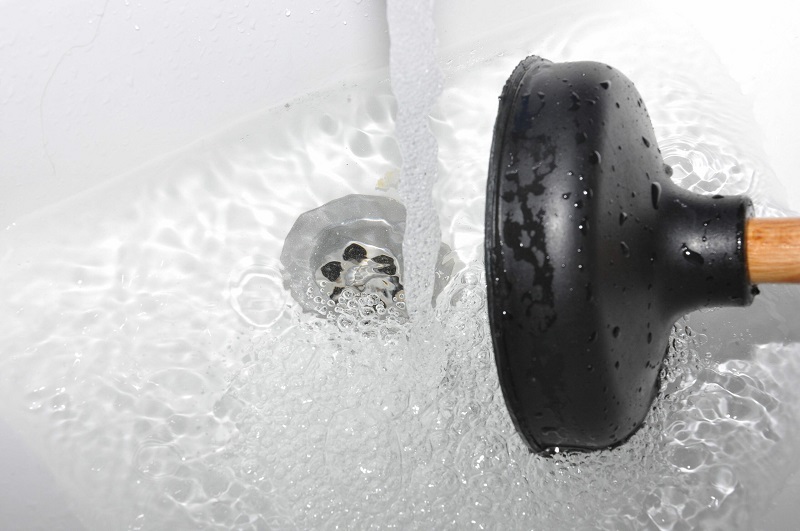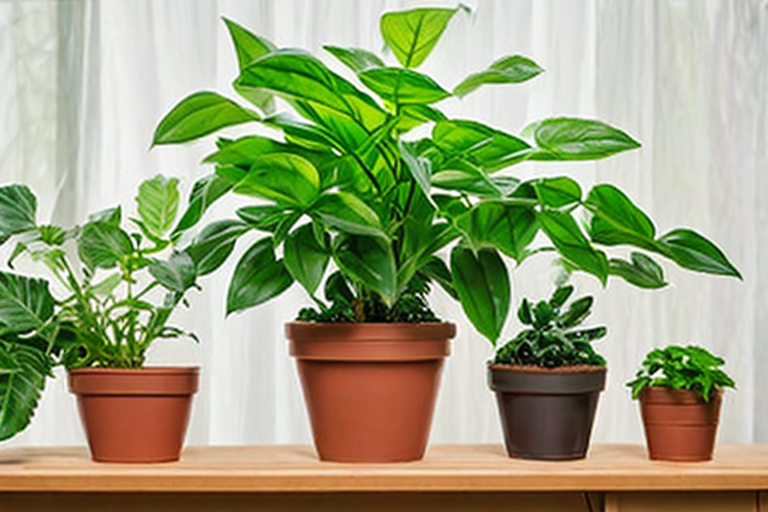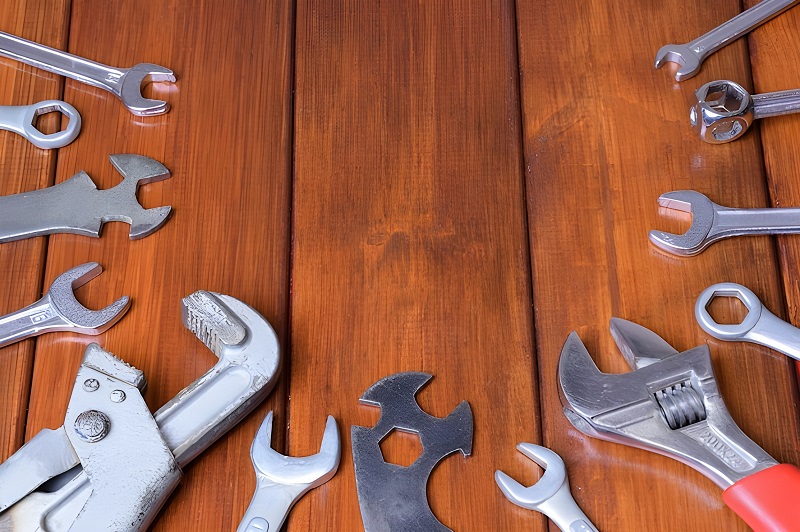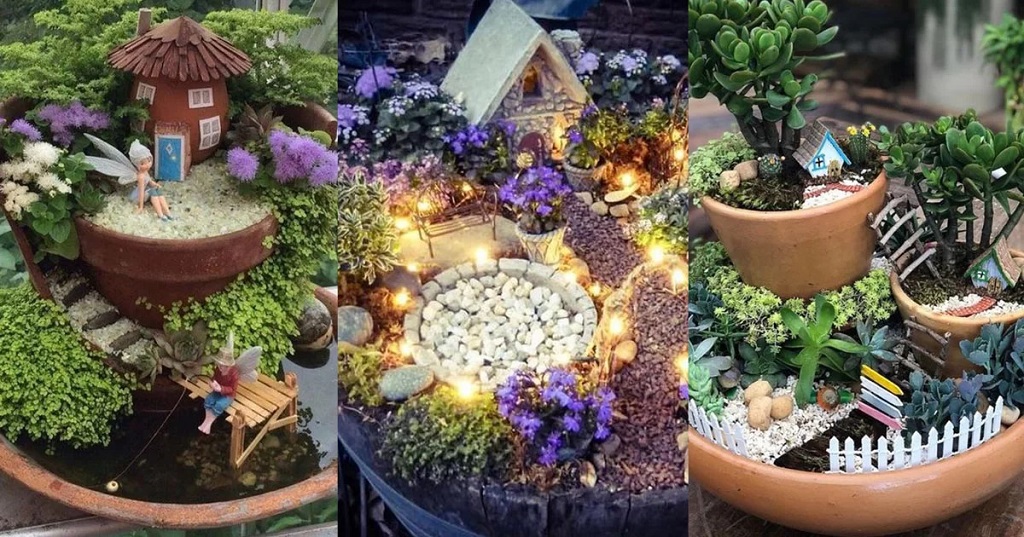If you’ve ever experienced the frustration of a slow-draining or completely clogged bathtub, you know how it can put a damper on your day. It’s a common household issue that many people face, and it can be both annoying and inconvenient. In this article, we’ll dive deep into the reasons why your bathtub might not be draining properly, despite the absence of an obvious clog. We’ll explore the perplexing world of plumbing and provide you with practical solutions to get your bathtub back to its free-flowing glory.
The Sneaky Culprits Behind Slow Bathtub Drains
1. Hair and Soap Scum Buildup
At first glance, your bathtub may appear to be clog-free, but there could be a hidden enemy lurking beneath the surface. Over time, hair and soap scum can accumulate deep within the drainpipe, creating a gradual obstruction. This buildup may not be visible from the surface, but it can significantly impede water flow.
2. Mineral Deposits
Mineral deposits, often caused by hard water, can gradually accumulate on the inner walls of your drainpipes. These deposits can reduce the diameter of the pipe, making it harder for water to flow freely. It’s like trying to sip through a narrow straw instead of a wide one.
3. Ventilation Issues
Proper drainage also depends on adequate ventilation in your plumbing system. If your plumbing vents are blocked or damaged, it can lead to slow drainage in your bathtub. Imagine trying to pour liquid from a bottle with a clogged air hole – it doesn’t flow smoothly.
4. Incorrect Installation
Sometimes, the issue lies in the initial installation of your bathtub’s plumbing system. If the pipes aren’t properly sloped, it can impede water flow. Additionally, poor pipe connections or misaligned joints can cause water to accumulate, leading to slower drainage.
Bursting the Myth of a Clog
One common misconception is that a slow-draining bathtub must have a physical clog. While this can be the case, it’s essential to recognize that the problem isn’t always visible. Sometimes, it’s the buildup of substances or underlying issues in the plumbing system that cause the slowdown.
Solutions to Regain Your Bathtub’s Flow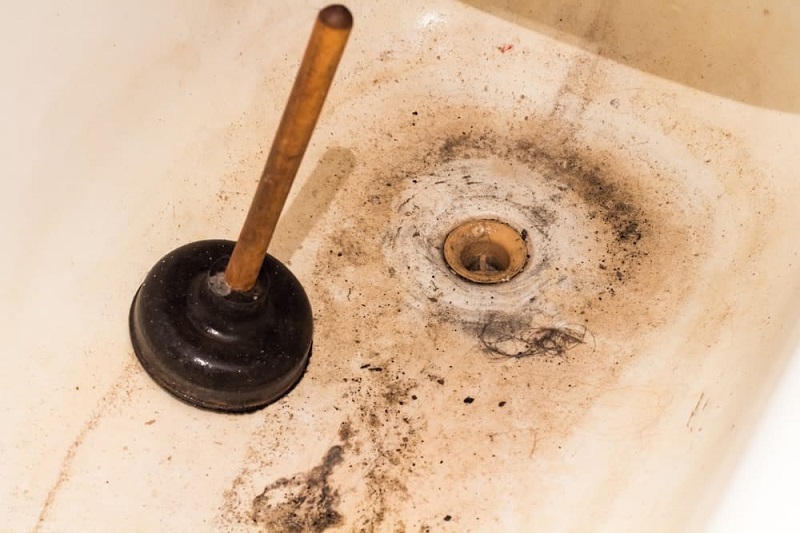
1. Regular Cleaning
Prevention is the best solution. Regularly clean your drain to prevent the accumulation of hair and soap scum. There are many drain-cleaning products available that can help dissolve these substances.
2. Vinegar and Baking Soda
A natural and eco-friendly approach involves using a mixture of vinegar and baking soda. Pour a cup of baking soda down the drain, followed by a cup of vinegar. Let it sit for a while before flushing it with hot water. This can help break down deposits and improve drainage.
3. Plumbing Inspection
If you suspect a more significant issue, it’s advisable to call in a professional plumber. They can inspect your plumbing system for any hidden problems, including ventilation issues or incorrect installations.
4. Drain Snaking
If the problem persists, consider using a drain snake or auger. This tool can help reach deep into the pipes to remove any stubborn obstructions.
Conclusion
A slow-draining bathtub can be a real nuisance, but not all drainage issues are due to visible clogs. Hair and soap scum buildup, mineral deposits, ventilation problems, and incorrect installations can all contribute to the problem. By understanding these hidden culprits, you can take appropriate action to improve your bathtub’s drainage and enjoy a more relaxing bathing experience.
FAQs
- Can a slow-draining bathtub lead to more significant plumbing problems?
Yes, if left unaddressed, slow drainage can lead to more severe plumbing issues, such as pipe corrosion and leaks. It’s essential to address the problem promptly.
- How often should I clean my bathtub drain to prevent buildup?
Cleaning your drain once a month can help prevent the buildup of hair and soap scum. However, consider more frequent cleaning if you have a lot of long hair in your household.
- Is it safe to use chemical drain cleaners?
While chemical drain cleaners can be effective, they can also be harsh on your plumbing system and the environment. Natural remedies like vinegar and baking soda are safer alternatives.
- What should I do if none of the DIY methods work?
If DIY methods don’t improve your bathtub’s drainage, it’s best to consult a professional plumber. They can diagnose and resolve more complex issues.
- How can I prevent mineral deposits in my drainpipes?
Installing a water softener can help reduce mineral deposits in your plumbing system, improving water flow and preventing future clogs.


